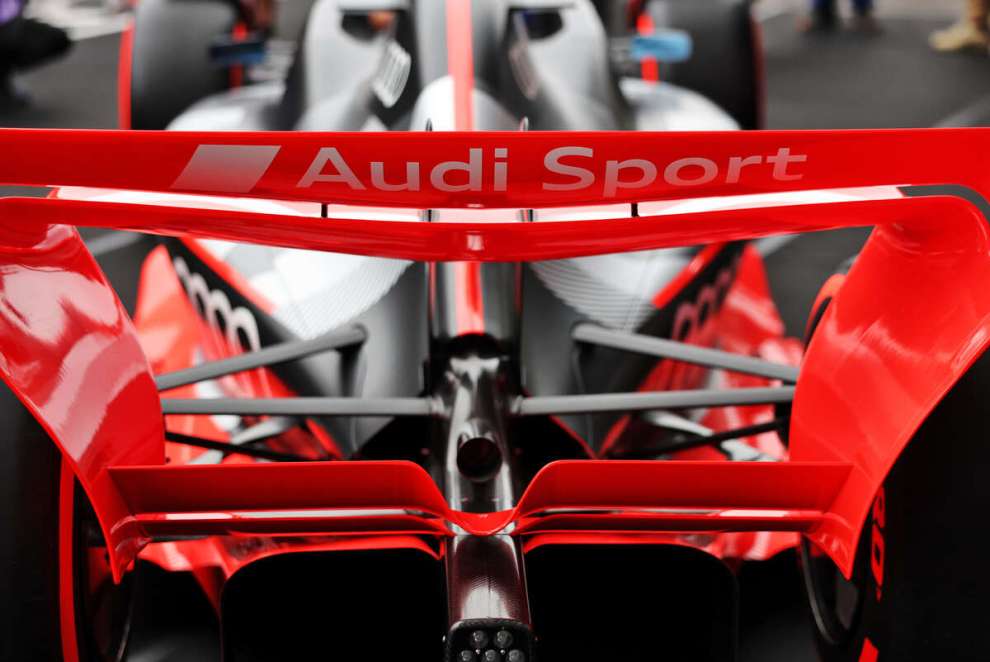By Carlo Platella
There is less than a season and a half to go until the start of the new Formula 1 regulatory cycle. Since June, the first draft of the next technical regulations has been in the public domain, but the basic concept of the new single-seaters has not been illustrated. Thinking about it, there is Nikolas Tombaziswhich exclusively to FormulaPassion explains how far the 2026 cars will continue to exploit ground effect, as well as revealing new details on overtaking mode and the use of active aerodynamics.
The Return of the Rake
The next generation of single-seaters will continue to exploit ground effect more markedly than it did up to 2021, but without reaching the excesses of the current cars. Tombazis explains: “The machines will have a flatter bottom compared to the current regulation. The percentage of load released by the bottom will remain very high, however. The Venturi channels will not have the strong curvature of the current cars, but the ground effect will remain important”.
The semi-flat floor and the ‘de-powering’ of the ground effect will encourage teams to increase the ride height at the rear. The raked assets will return of the old regulations, exploited to generate greater aerodynamic load by widening the diffuser outlet section. In this way, the need to resort to extremely rigid mechanical setups will be eliminated, no longer having to stabilize the floor a few millimeters from the asphalt
Tombazis continues: “One of the reasons we are moving towards a flatter shape [del fondo] it is to allow the rear of the car to be raised a bit, so as to soften the mechanical adjustments of the suspension and no longer have bouncing. Current cars run very low, while those before 2021 were very high. We want a middle ground, with a moderate height”. A choice that also justifies the failure to reinstate in the regulations the inertia dampers, the shock absorbers useful for attenuating vibrations, a requirement that we hope will disappear with the lower sensitivity to propposing of single-seaters that will travel higher.
Override and active aerodynamics
The 2026 regulation also includes other new features. The first is the extension of active aerodynamics to the front wing, providing for free actuation on all straights to reduce resistance to advancement and reduce consumption of the new power units, which are particularly thirsty for energy. The tool to support overtaking thus becomes the override modea mapping for the delivery of electrical power that is more aggressive than that normally allowed.
“These are aspects of the sporting regulation, which is still being discussed”, commented the director of the FIA single-seater department. “Activation of the override mode will be similar to that of the current DRStherefore depending on whether or not you are less than a second behind the car in front. Active aerodynamics, on the other hand, will be usable on the straights and will be at the driver’s discretion, regardless of whether he is in front of or behind someone else”. Tombazis is keen to point out that the override mode will only be available to the attacker and in predefined areas, just like the current DRS, and therefore will not follow the push-to-pass model.

Balance to be preserved
The aim of the next regulations will be to quickly recover the current balance achieved in the third year of the ground effect regulations, the merits of which, according to Tombazis, are to be divided between the introduction of the budget cap and more rigid technical regulations: “It is difficult to separate the two factors, both have an influence. I believe this result is the result of their combination. We cannot attribute particular credit to one or the other.”
“Inevitably, paradoxically, a more complicated technical regulation is needed to obtain cars with simpler shapes. In the past, anything could be done within the control volumes. Now, however, there are also limits on the curvatures and sections that mean that some risky solutions are no longer feasible. It therefore does not depend on the control volumes alone, but on the entire context of the third chapter of the technical regulation”. A model that the Federation is considering further improving in view of the next cycle: “We are still learning some things in the current regulations. We think we have some things in place for 2026, when I am optimistic that the competition will be even better, both in terms of the variety of winners and the ability of the cars to travel close to each other.”
#steps #ground #effect #semiflat #floor #rake #returns


